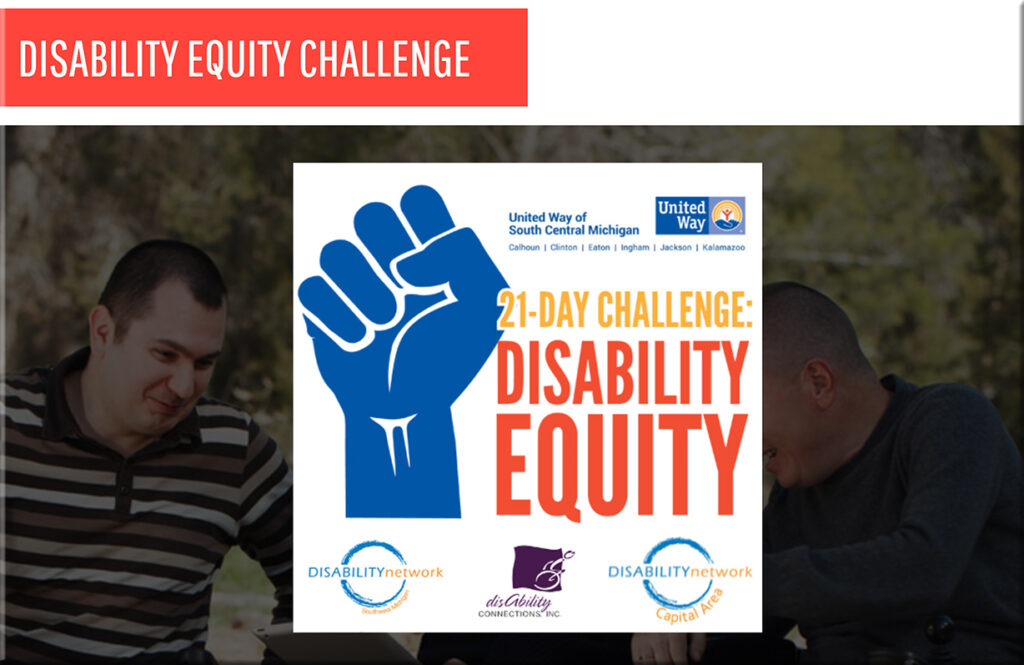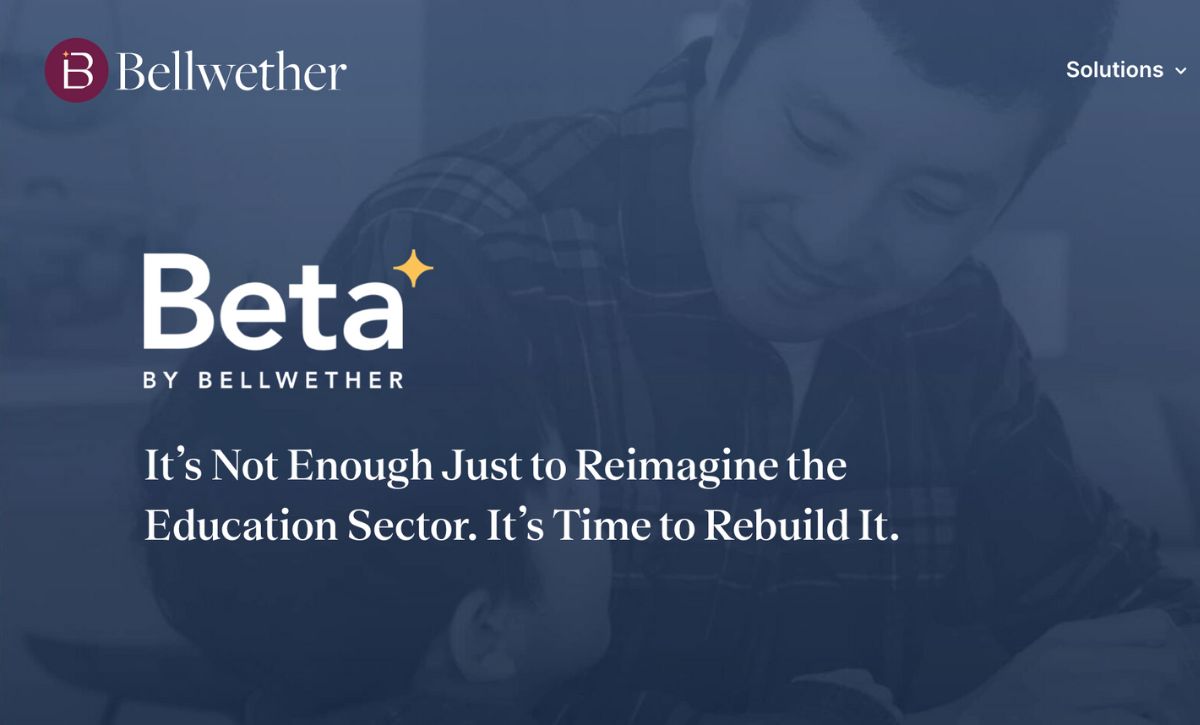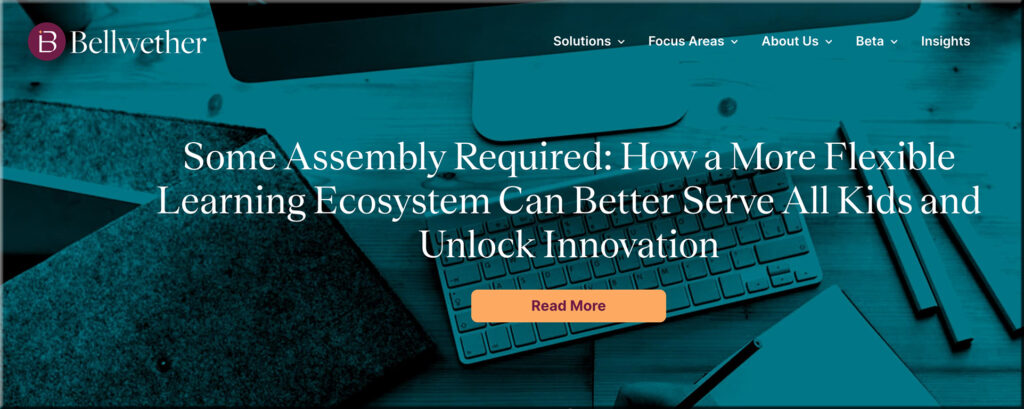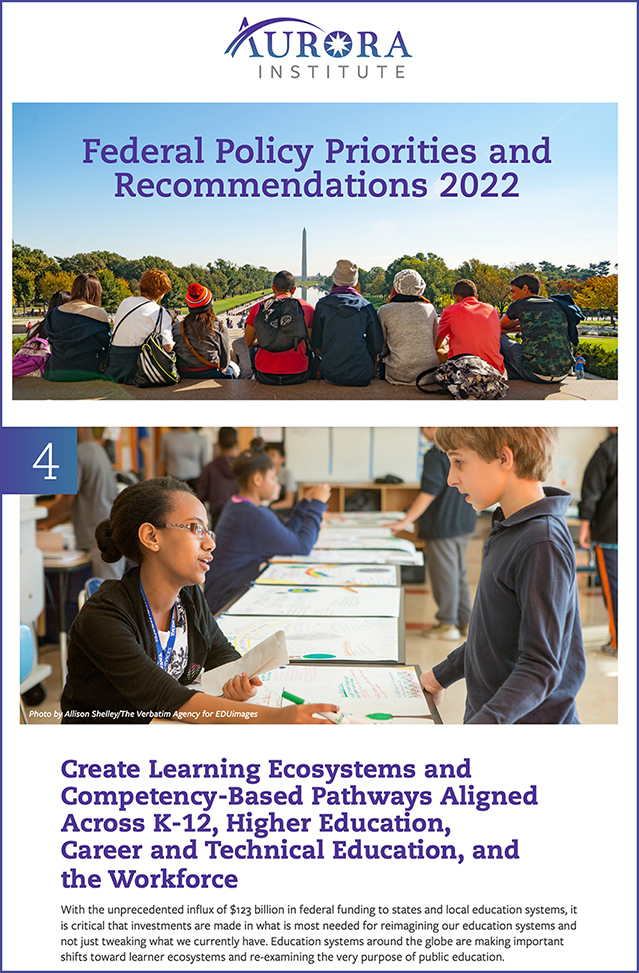
Here Are Some Dos And Don’ts Of Disability Language — from forbes.com by Andrew Pulrang
Excerpt:
Is there a way for anyone to navigate disability language clearly, safely, and respectfully?
Obviously, it’s impossible to satisfy everyone. But that doesn’t mean there are no useful guidelines. Here are a few tips to sort through the competing schools of thought on disability language, and ride the various waves of popularity and revision that disability language goes through.
…
1. Recognize obviously insulting terms and stop using or tolerating them.
2. Aim to be factual, descriptive, and simple, not condescending, sentimental, or awkward.
3. Respect disabled people’s actual language preferences.
Disability Language Style Guide — from National Center on Disaplity and Journalism (ncdj.org)
Disability and Health Overview — from cdc.gov
Research Center | ALICE in focus studies:
Financial Hardship Among People With Disabilities
Excerpt:
According to the outdated Federal Poverty Level, 18% of people with disabilities in the U.S. lived in poverty in 2019. Yet United For ALICE data shows that another 34% were also struggling, in households that earned above the FPL but less than what it costs to afford the basics. These households are ALICE: Asset Limited, Income Constrained, Employed.
Disability & Socioeconomic Status — from the American Psychological Association (apa.org)
Excerpt:
Socioeconomic status (SES) encompasses not just income but also educational attainment, financial security, and subjective perceptions of social status and social class. Socioeconomic status can encompass quality of life attributes as well as the opportunities and privileges afforded to people within society. Poverty, specifically, is not a single factor but rather is characterized by multiple physical and psychosocial stressors. Further, SES is a consistent and reliable predictor of a vast array of outcomes across the life span, including physical and psychological health. Thus, SES is relevant to all realms of behavioral and social science, including research, practice, education and advocacy.
Those with Disabilities Earn 37% Less on Average; Gap is Even Wider in Some States — air.org
Subminimum Wage and Sheltered Workshops — from United Way of South Central Michigan
Congress enacted the Fair Labor Standards Act in 1938 as part of the New Deal; one of the Act’s provisions, Section 14 (c), grants special certificates allowing for the employment of workers with disabilities below the federal minimum wage.
Many employers operating under 14(c) have historically employed people with disabilities in segregated work centers commonly referred to as sheltered workshops. This creates a situation where the employer profits from paying sub-minimum wages to their employees with disabilities. Some states have prohibited the practice of subminimum wages and sheltered workshops altogether; however as of 2020, 46 states and the District of Columbia continue to allow 14(c) certificates. The U.S. Commission on Civil Rights revealed that in 2017 and 2018, the average wage of a person with a disability working under a 14(c) certificate was $3.34 per hour and the average number of hours worked was 16 hours per week, making the average wage just $53.44 per week.
Employment First is a state and national movement to help individuals with disabilities realize their fullest employment potential through the achievement of individual, competitive, and integrated employment outcomes. Employment First in Michigan has established guidelines to help move the state to community-based and integrated employment by using executive orders and passing legislation.















